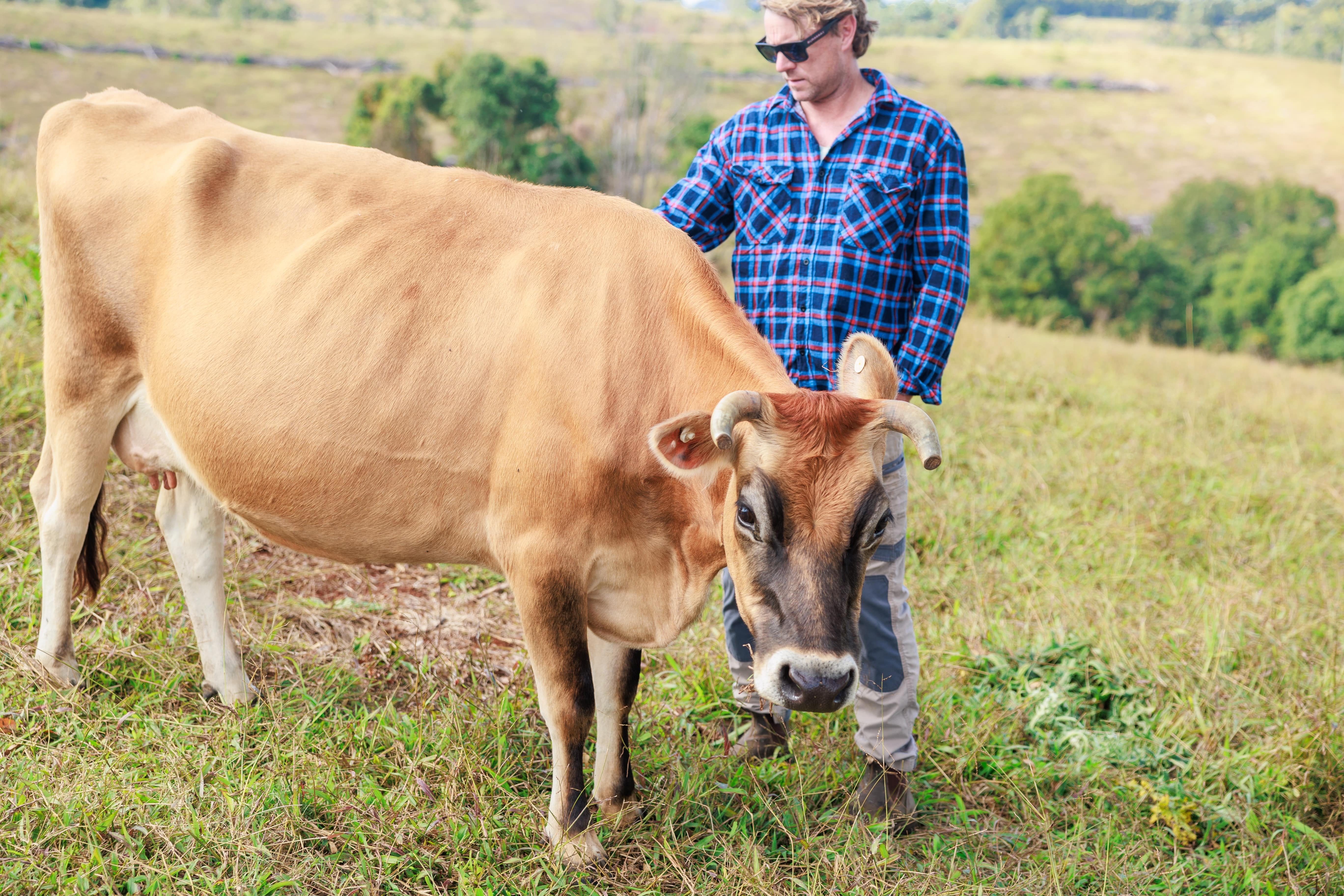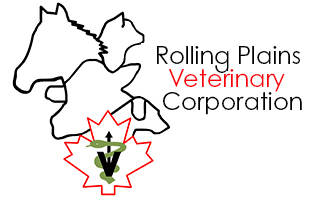
Emergency Veterinary Care for Cattle: How to Handle Critical Situations
August 8, 2023 2:38 pm Leave your thoughtsWhen it comes to taking care of cattle, emergencies can strike at any time. As passionate caretakers, it is our responsibility to be prepared and equipped with the knowledge of emergency veterinary care for our bovine friends. In this blog, we will explore various critical situations that may arise and provide you with essential tips on handling them like a pro. So, grab your cowboy hat, and let’s dive into the world of emergency veterinary care for cattle!
1. Identifying and Responding to Common Emergencies
Bloat
Bloat is a condition where gases accumulate in the rumen, causing abdominal distension and discomfort for the animal. Early signs include restlessness, kicking at the belly, and frequent attempts to lie down. In such cases, immediate veterinary intervention is necessary.
Calving Difficulties
Calving can take a toll on both the mother and the calf. Delayed or difficult labor can be life-threatening for the calf or even the mother. It is crucial to detect signs of distress and seek professional help.
Traumatic Injuries
Cattle can sustain traumatic injuries from accidents or fights with other animals. These injuries can range from cuts and lacerations to fractures or dislocations. Quick action is essential to prevent further complications and ensure a speedy recovery.
2. Ensuring Safety
Protect Yourself
In times of emergencies, it is crucial to prioritize your own safety. Always wear protective gear, such as gloves and boots, to prevent any potential harm.
Restraining and Controlling
When handling a distressed or injured bovine, it’s important to restrain them safely. Use proper equipment, such as halters or ropes, and ensure you have adequate assistance to maintain control over the animal. This will help minimize the risk of additional injuries.
3. Vital Steps to Take During an Emergency
Assess the Situation
Take a moment to evaluate the severity of the emergency. Is immediate veterinary intervention necessary, or can you handle the situation on your own? Trust your instincts and seek professional help when needed.
Contact Your Veterinarian
In serious emergencies, contacting your veterinarian should be your top priority. Their knowledge and expertise in emergency veterinary care are invaluable. Keep their contact information readily accessible.
Provide Essential First Aid
While waiting for professional assistance, you can take certain first aid measures to stabilize the animal. Bandaging wounds, immobilizing fractures, controlling bleeding, or offering pain relief can significantly affect the animal’s recovery.
4. Transportation Tips
Prepare a Travel Plan
In the case of severe emergencies, transporting the animal to a veterinary facility may be necessary. Ensure a plan is in place, including directions to the nearest facility, contact information, and any required paperwork.
Loading and Securing
When loading a large animal onto a trailer, it is crucial to do so safely and calmly. Use proper loading techniques and secure the animal with appropriate restraints to minimize the risk of injuries during transportation.
Conclusion
Emergency veterinary care for cattle is not something to be taken lightly. By identifying common emergencies, ensuring safety, taking vital steps during critical situations, and knowing how to transport the animal if needed, you can minimize the impact of emergencies on your cattle and ensure their prompt and effective treatment. However, always remember that prevention is better than cure. Regular check-ups, vaccinations, and maintaining a healthy environment are key to preventing emergencies in the first place.
Contact Rolling Plains Veterinary Corporation TodayIf you
For expert emergency veterinary care and compassionate treatment for your cattle, trust Rolling Plains Veterinary Corporation. Our team of passionate professionals is dedicated to providing top-notch care for your animals. Contact us today to learn more about our services. Don’t let emergencies dampen your spirits; let us help keep your cattle healthy and happy!
Categorised in: Cattle Care
This post was written by Dr. Marc Phillipot
